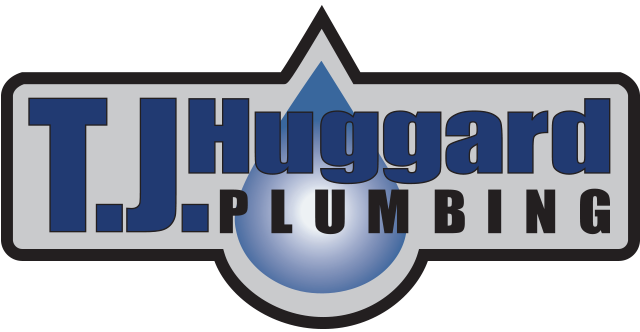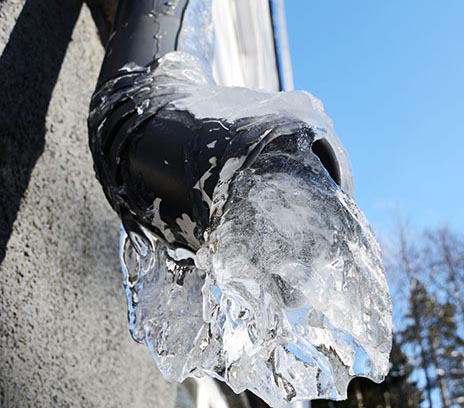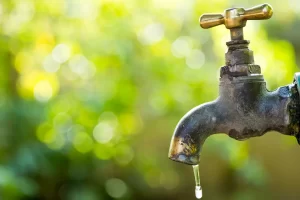Why Pipe Freezing is an Issue
As the temperature continues to drop during the winter season, it is important that you do what you can to prevent the pipes in your home from freezing. When water freezes in your pipes, it expands, puts powerful pressure on your pipelines, and can cause them to explode. Although pipelines are created out of a variety of materials, the pressure of water freezing in them can cause the pipe to burst no matter what it is made of. This can lead to serious flooding, which can become a severe issue if no one is home to turn off the water. Thankfully, there are a few things you can do around the house to protect your pipes from bursting.
Tips to Prevent Your Pipes from Freezing
1. Make Sure the Heat is Kept On
Whether you are home or not, it is crucial that you leave your heater on, as it will prevent your pipes from freezing. Oftentimes people will want to turn the heat off when they leave town to save money, however, consequences will be much worse in the case of a bursting pipeline. It is a good idea to keep it set above 60 degrees.
2. Allow Water to Drip from the Faucet
Running water through your pipelines, even if it is a drop, will relieve pressure in the system and furthermore prevent your pipes from bursting. If you are aware of which pipe needs the attention, you can open the faucet fed by that specific pipe.
3. Open Doors Inside Your Home
It is a good idea to keep the doors of your cabinets open, as pipes are often located inside of them. With the temperature dropping, it is important that the heat of your home is entering these areas causing better heat flow.
4. Seal up Holes and Cracks
If you have holes in the areas where pipes run through the walls or floors of your home, be sure to seal those gaps with caulk or spray foam insulation. Generally, the cold air from outside can get in through these holes, creating an even colder cabinet space.
5. Apply Heating Tape or Insulation
Heating tape can be a good solution for the shorter areas of your pipes which are at high risk for freezing. The tape works like a heating pad for the pipeline, as it directly applies heat during cold times. For the pipes which are in areas without good insulation, you may need to include extra insulation to prevent from freezing. This insulation can include foam, rubber, or fiberglass and can help keep the pipe closer to the temperature of the water which is inside.
If you do happen to run into the situation of your pipelines freezing or if you would like to have them looked at, don’t hesitate to contact T.J. Huggard Plumbing. Our experienced, licensed professionals will be there in the case of an emergency and always get the job done right the first time.



